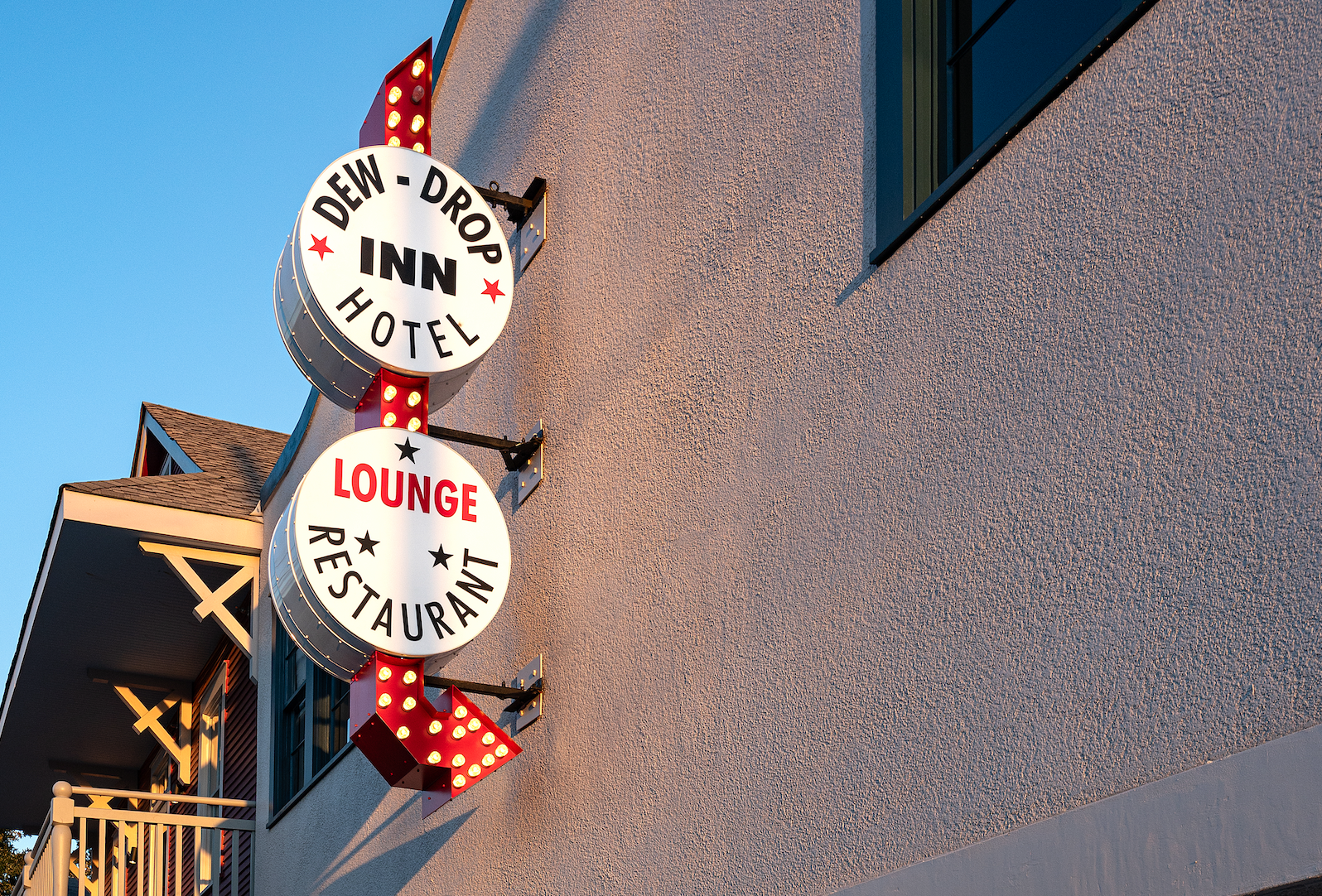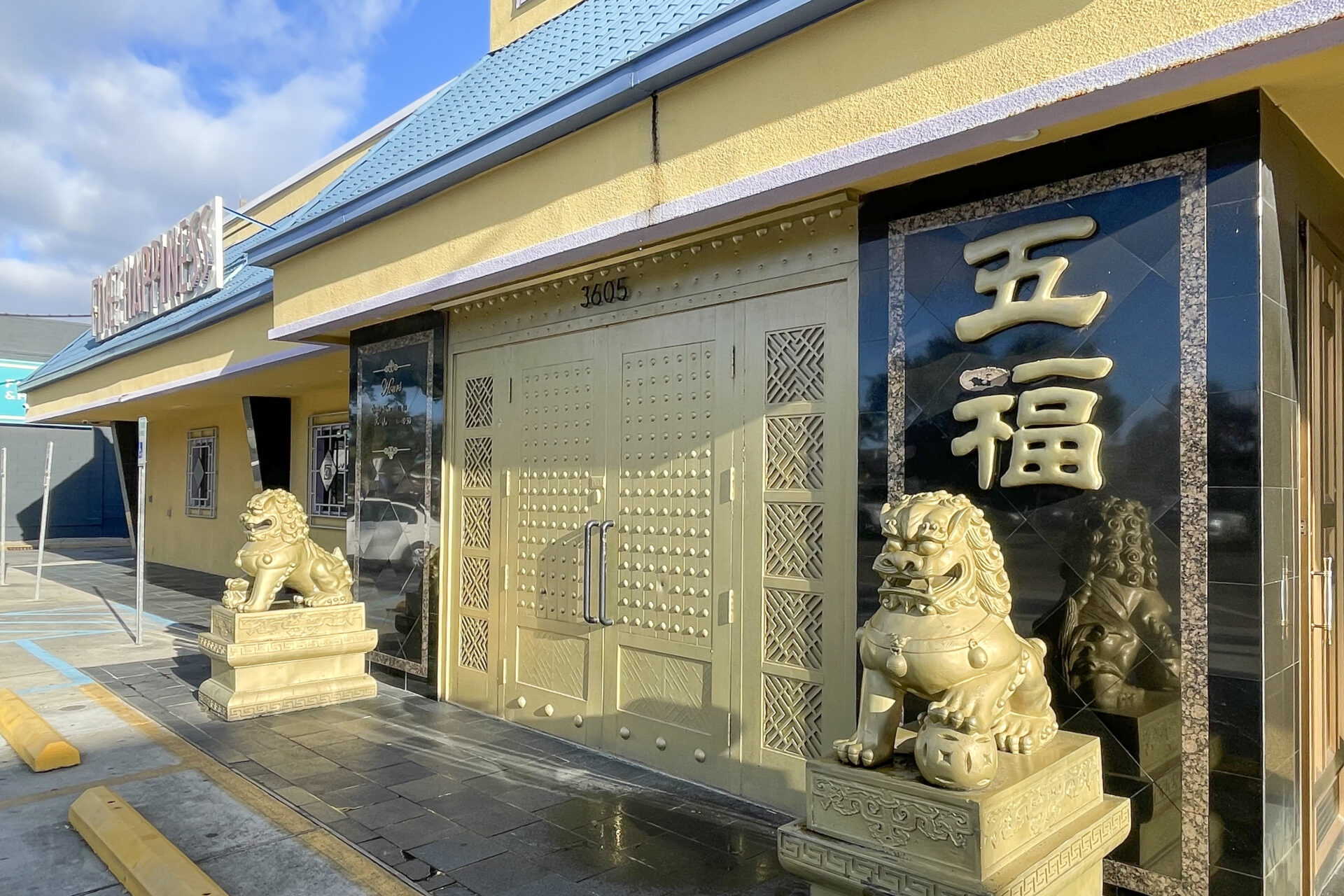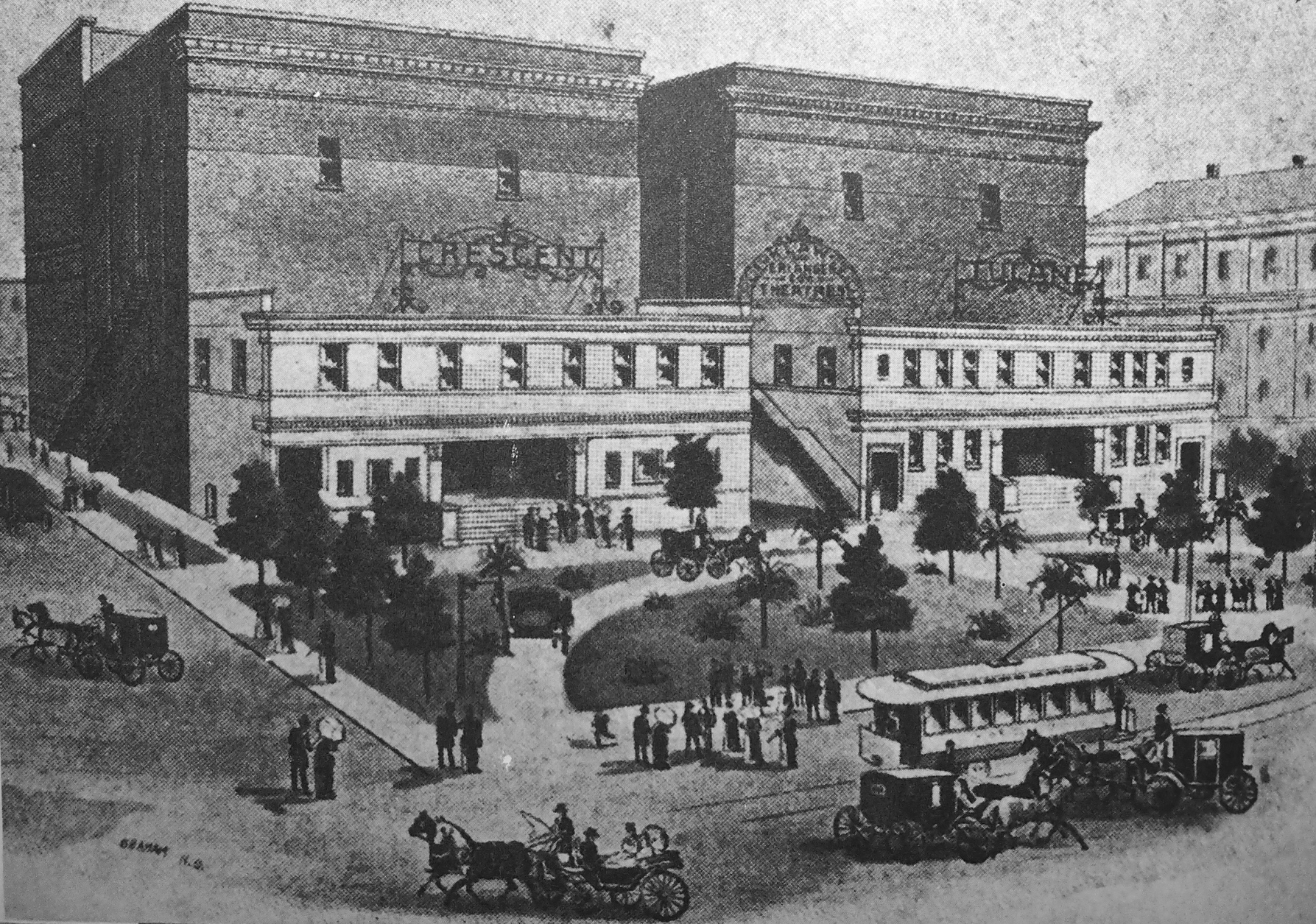Since 2015, the Urban Conservancy’s Front Yard Initiative has helped property owners remove paving to reduce flooding. We have provided financial assistance to more than 150 property owners, and technical assistance to thousands more. To date, homeowners have removed more than 93,000 square feet of paving resulting in nearly 4 million gallons of rainwater diverted from our pumping system annually. This has generated $1.1 million in direct economic stimulus to the green sector for goods and services procured.
This past summer, the Urban Conservancy surveyed 122 Front Yard Initiative participants who completed residential green infrastructure projects between 2015 and 2022, and 102 homeowners, or 84 percent, responded. The survey provided us with crucial insights into how we can build community resilience in the face of a changing climate — and create a city that is more beautiful, more neighborly, and friendlier to small businesses. We asked how their green infrastructure has fared over time both functionally and aesthetically, and how their green infrastructure has expanded their awareness and changed their behavior and attitudes in regard to climate resilience.
Making green infrastructure accessible to all
Traditional participants in the Front Yard Initiative pay their contractors to remove excess paving in their yards and then are reimbursed by our program $2.50 per square foot of pavement removed. But to improve equitable access to residential green infrastructure, the Urban Conservancy also fully funds projects for residents vulnerable to displacement due to climate impacts. Factors such as age, race, health, income, neighborhood, and length of time living in their home are all considered. Participants in this program, which we call “FYI Direct,” took part in the survey as did traditional participants.
From 2020 to 2023, thanks in part to directly funded projects, we increased the participation of Black residents in FYI by 75 percent. The share of participants in our 61 and older age bracket also significantly increased. We’re proud of reaching those who are less likely to afford green infrastructure.
FYI Direct participants have shown their enthusiasm for the program by regularly speaking on our behalf, including in media outlets, recommending us to friends and family, contacting us for unrelated resources, helping with unrelated projects, and joining our Board of Directors. This participation has reinforced the lesson that green infrastructure, while priced for higher income homeowners, is a crucial resource for our more flood-prone, under-resourced communities, and is a necessary factor in allowing seniors to age in place.
Benefits and further community engagement
Survey participants reported a significant — if not complete reduction — of localized flooding on their properties that only increases with time as plants grow and establish. On a scale from one to five, with one being mild flooding and five being terrible flooding, 90 percent of participants rated their flooding as being a four or five before the installation of their green infrastructure project, and only 10 percent as a one. After installation, those numbers are flipped.
Survey respondents report that the biggest benefits they’ve seen, other than reduced flooding, are more time spent outdoors and greater presence of pollinators and other wildlife on their property. Anecdotally, participants often report that their yard is immediately cooler in temperature once concrete is removed, that they’ve created entertainment spaces where none existed before, and that their FYI sign sparks conversations with passers-by even years after installation. After participating in FYI, these homeowners also report greater participation in community groups such as the Native Plant Initiative, SOUL and NOLA Tree Project, and local gardening groups. We believe we’re inspiring people to become more active participants in bringing nature back into our community in ways that benefit the humans who live here as well, and also aiding in the missions of our fellow nonprofits.
Green sector awareness
We asked respondents about their awareness of what we refer to as the Green Sector, that is, businesses whose work is the promotion and implementation of nature-based solutions. The contractors who install FYI projects are all small, local businesses. On the survey, 83 percent of our respondents said participating in FYI increased their awareness of the green sector, and nearly 100 percent agreed that the green sector is important. Most have found a way to recommend their contractor to others.
Green infrastructure is expensive, especially for individual homeowners. Nearly 100 percent of respondents agreed that financing programs like FYI are essential for the support of new green infrastructure. We frequently receive testimonials like one given on our survey, which reads, “Thank you so much! We never would have spent the money on our project if we hadn’t had the scholarship from FYI! It was incredibly helpful to us being able to accomplish our project.”
Next steps
When we conducted a similar survey in 2020, we were primarily thinking about the role residential green infrastructure plays in mitigating flood risk. In 2023, we were reaching out to homeowners in the midst of historic drought conditions, and we realized we have to speak more broadly about the important role green infrastructure plays in New Orleans.
Moving into a new year, this data informs the way we communicate with decision-makers and potential partners and funders as well as the public. We need to start emphasizing the multiple benefits of green infrastructure outside flood reduction — that is, heat reduction, improved air quality, habitat creation and community building.
Read the full survey report here. Interested in participating in the Front Yard Initiative? FYI workshops are scheduled for February, March and April. Register here.
Dana Eness is the executive director of the Urban Conservancy, a nonprofit that promotes sustainable solutions to New Orleans’ distinct land use needs.






